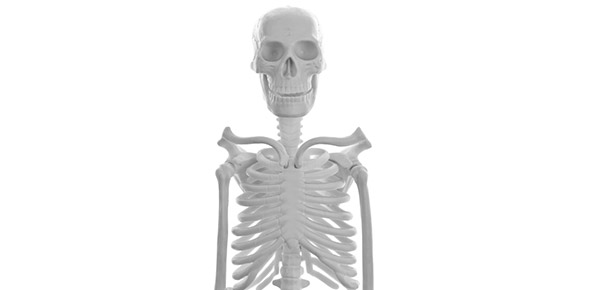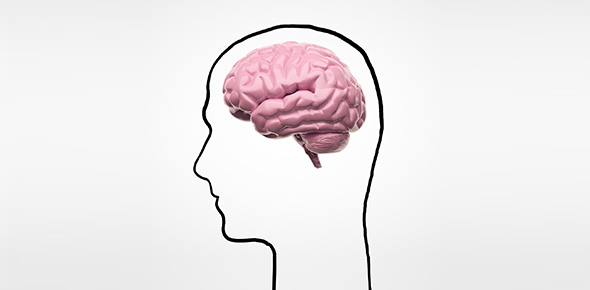Related Flashcards
Related Topics
Cards In This Set
| Front | Back |
|
What is the pelvic girdle?
What bones is it comprised of? What is its function? |
-Pelvic girdle is a basin shaped ring of bones that connects the vertebral colum to the femurs in the thighs
-Composed of three bones: 1. Right hip bone 2. Left hip bone 3. Sacrum Function: transfer weight from the upper limb/torso to the lower limbs, protect reproductive organs, protect neurovascular structures that supply the pelvic organs and the lower limbs |
|
Describe the right hip bone and left hip bone
|
-two large irregular shaped bones which articulate with the femurs
-are 2/3 of the pelvic girdle |
|
Describe the sacrum
|
-strong, trianfular shaped bone securely positioned between the two hip bones
-1/3 of the pelvic girdle |
|
Name the pelvic joints that help stabilize the pelvic girdle, describe their location
|
1. Pubic symphysis- articulation between the two pubic bones with an intervening fibrocartilagenous disc
2. Sacroiliac joint- articulation between sacrum and ilium-- forms a strong mechanical unit between the two bones --- helps xmit weight fro the head, upper limbs, and trunk to lower extremity |
|
Describe the function of the sacroiliac joint
|
-helps xmit weight from the head, upper limbs, and trunk to the lower extremity
- is the articulation between the ilium and the sacrum |
|
What happens to the sacroiliac joints and the pubic symphysis during pregnancy?
|
-The sacroiliac joints and the pubic symphysis loosen during the latter months of pregnancy under the influence of the hormone RELAXIN
-aid in parturition-- childbirth |
|
What are the sacroiliac ligaments and what is their function?
|
-Sacroiliac ligaemnts= dorsal and ventral sacroiliac ligaments
-Run from sacrum to ilium on both dorsal and ventral side in mostly lateral direction -helps stabilize the sacroiliac joints |
|
Where is the iliolumbar ligament located?
|
-Runs from the transverse process of the 4th and 5th lumbar vertebrae to the iliac crest and base of sacrum
|
|
Where is the interosseous ligament located?
|
-an extremely stron ligament
-is deep to the dorsal sacroiliac ligament |
|
What is the function of the sacroiliac ligaments, the iliolumbar ligament, and the interosseous ligament?
|
-to stabilize the SI join tand limit/restrict the range of motion
|
|
What ligaments bind the bony pelvis together?
What is their function? |
-Sacrotuberus and Sacrospinous ligament
-both provide resilience to the sacroiliac joint when vertebral colum sustains weight increase (jumping) -prevent the upward tilting of the sacrum -also the two divide the sciatic notches into the greater and lsser sciatic foramina |
|
Where is the sacrotuberous ligament located?
|
-Extremely tough ligament that runs from the lateral margins of the sacrum to the ischial tuberosity
|
|
Where is the sacrospinous ligament located?
|
-Extremely tough ligament that runs from the lateral sacrum and coccyx to the ischial spine
-travels laterally whil ethe sacrotuberous travels more longitudinally |
|
Greater and lesser sciatic foramina
-What are they formed by? -What is their role? |
-Greater and lesser sciatic foramina are formed by the sacrotuberous and sacrospinous ligaments creating divided spaces from the sciatic notches
-sciatic foramina are 2/4 of the gateways for structures entering and leaving the pelvis |
|
Pelvic fractures?
-What causes them? -Clinical manifestation? |
Can result from direct trauma like car accidents or from forces transmitted to pelvis from lower limb (fall)
-Clinical manifestation: usually results in multiple fracture sits or fractures combined with a joint dislocation -Open book fracture: type of pelivc fracture that occurs often in motorcycle injuries (significant injury to pubis)....left and right halves of pelvis are separated at front and rear but more in front -- like a book opening |







